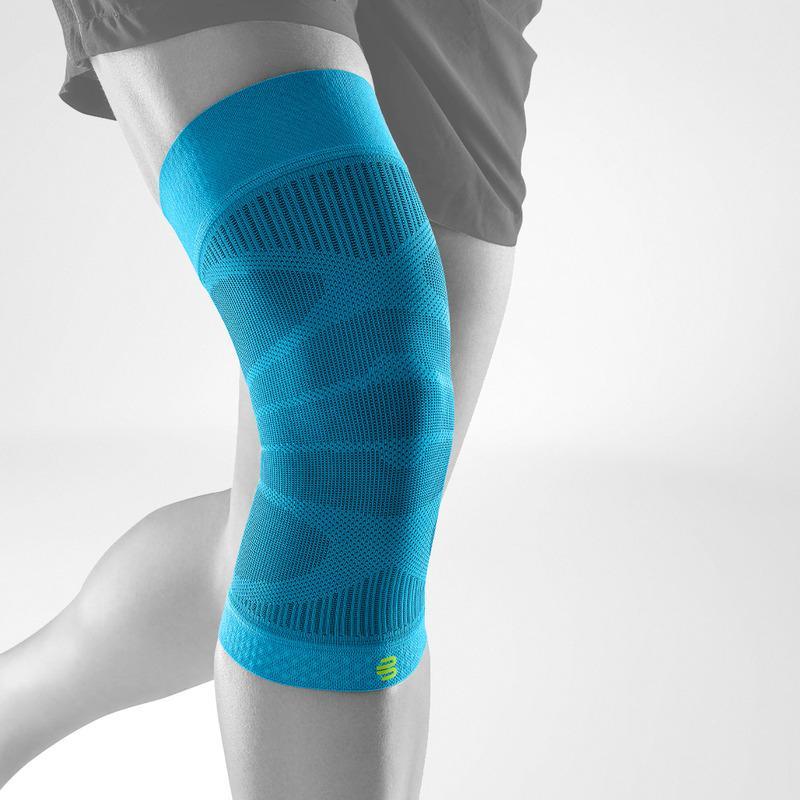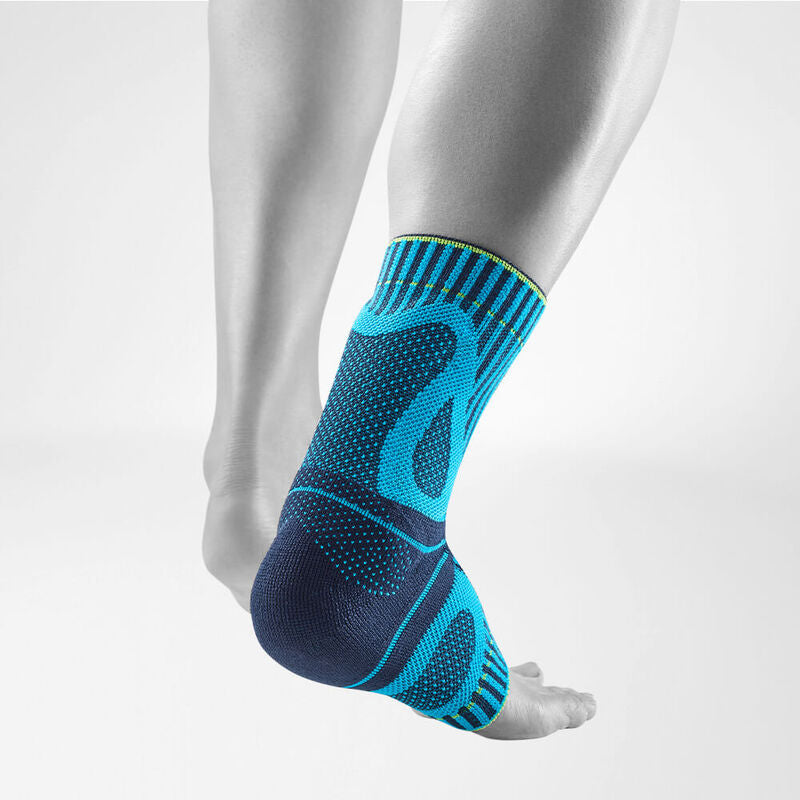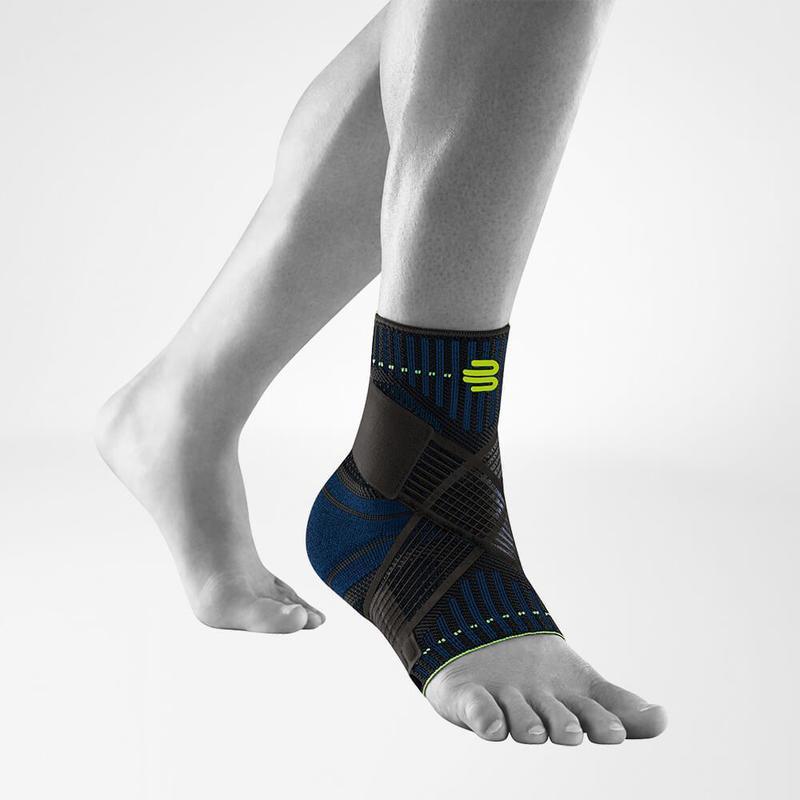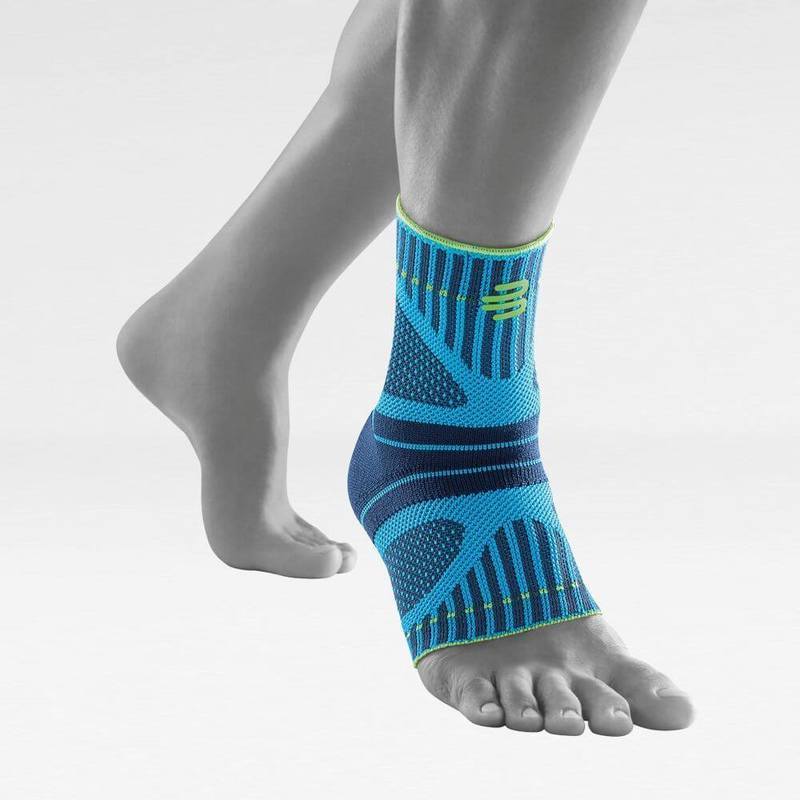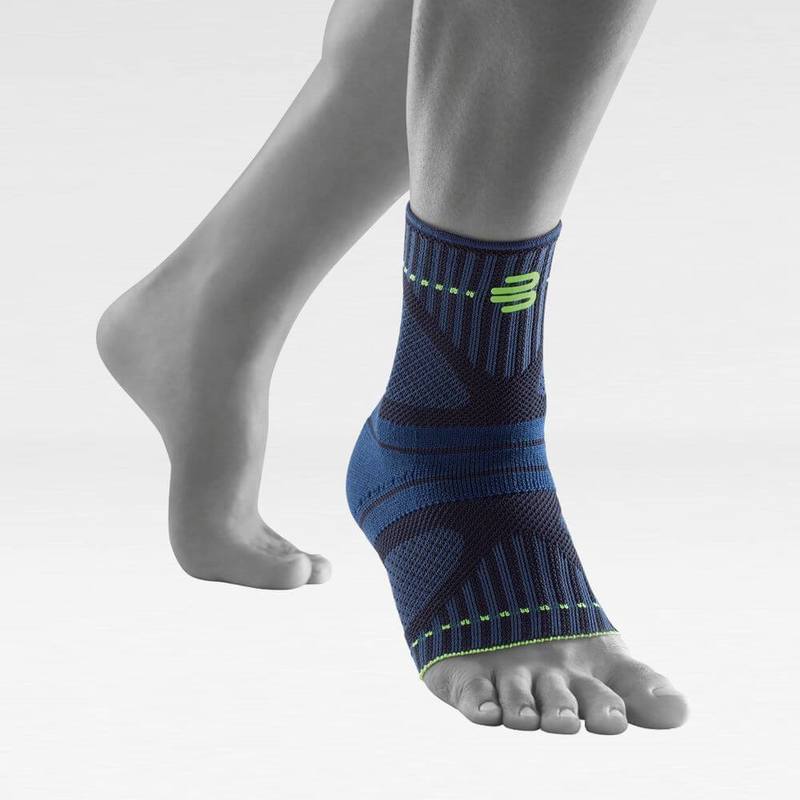The Importance of Strength Training for Runne

Many runners have one main focus: running. This is understandable, as running itself brings great satisfaction. However, for ambitious runners—especially those who have participated in races and want to improve their performance—strength training is essential.
Strength training helps your body utilize muscle potential more efficiently—quality over quantity. This means you will feel more stable and powerful when running.
For runners, foundational exercises are particularly important. These exercises engage multiple muscle groups and fundamental movement patterns simultaneously. Key exercises include squats, lunges, push-ups, pulling and pushing motions, as well as core rotational movements.
Classic Strength Training Exercises for Runners
Function: If performed correctly, lunges strengthen your quadriceps, hamstrings, and glutes. They also improve stability and balance by mimicking the single-leg support action required in running.
Key Points:
- Ensure your front knee does not go beyond your toes.
- Perform 12-15 repetitions per leg.
Squats
Squats are a timeless classic and can be easily integrated into any workout routine, such as Tabata training.
Function: Primarily strengthens the quadriceps, hamstrings, glutes, and spinal erectors.
Key Points:
- Avoid letting your knees collapse inward while squatting.
- Using a resistance band around your thighs can help maintain proper knee alignment, especially for beginners.
- Perform 12-15 repetitions per set, starting without weights.
Push-ups
Push-ups are one of the best full-body exercises.
Function: Strengthens the chest, biceps, triceps, shoulders, back, and core.
Key Points:
- Keep your core engaged throughout the movement.
- If accustomed to weight training, you can substitute push-ups with bench presses.
- Perform 12-15 repetitions per set.
Mountain Climber
Mountain climbers are an advanced version of crunches.
Function: A full-body exercise that strengthens the core, back, glutes, and legs. It also improves cardiovascular endurance and coordination, simulating the alternating leg motion in running.
Key Points:
- Start in a push-up position with your hands on the ground and body in a straight line.
- Quickly alternate pulling your knees toward your chest, mimicking a climbing motion.
- Keep your core engaged to prevent your hips from rising too high or sagging.
- Perform for 30 seconds to 1 minute per set, completing 3-4 sets.
Side Plank
Function: Strengthens the obliques and glutes, improving lateral stability and balance, especially on uneven terrain or during turns.
Key Points:
- Lie on your side with your elbow directly beneath your shoulder.
- Stack your feet and lift your hips so that your body forms a straight line from head to toe.
- Keep your core tight to avoid sagging.
- Hold for 30 seconds to 1 minute per side, completing 3-4 sets.
Why Runners Need Strength Training
Strength training plays a crucial role in improving running performance and preventing injuries. Here’s why:
1. Enhances Running Stability
- Strengthening core and lower-body muscles improves overall stability, helping runners maintain balance, especially on uneven surfaces or during long runs.
2. Improves Running Form
- Strong glutes and hamstrings contribute to better propulsion and reduced energy waste.
- Prevents issues like knee collapse or overstriding.
3. Prevents Injuries
- Running is a high-impact activity that puts stress on joints. Strength training reinforces muscles, tendons, and ligaments, reducing injury risk.
4. Boosts Running Efficiency
- Enhances neuromuscular coordination, allowing muscles to work more efficiently, increasing propulsion with less energy expenditure.
5. Increases Endurance and Speed
- Exercises like squats and lunges strengthen leg muscles, helping runners maintain pace even when fatigued.
6. Improves Coordination and Flexibility
- Compound movements (e.g., lunges, mountain climbers) enhance body control, crucial for adjusting stride, turning, and accelerating.
7. Promotes Overall Health
- Strength training increases bone density, boosts metabolism, enhances cardiovascular function, and supports healthy weight maintenance.
8. Psychological Benefits
- Overcoming strength training challenges builds confidence and mental resilience, which is valuable for endurance running and races.
Summary
Strength training is an indispensable part of a runner’s training routine. It enhances speed, endurance, and technique while reducing injury risks and improving overall health.
For runners looking to improve their personal best or minimize injuries, incorporating strength training 1-2 times per week is highly beneficial.
A well-rounded strength program should include key exercises targeting the major muscle groups involved in running, such as squats, lunges, planks, and push-ups. Aim for 2-3 strength sessions per week, selecting 4-6 exercises per session, with 3-4 sets per exercise and 30-60 seconds rest between sets.
Commit to a consistent strength training routine, and you’ll notice significant improvements in your running efficiency and endurance!











